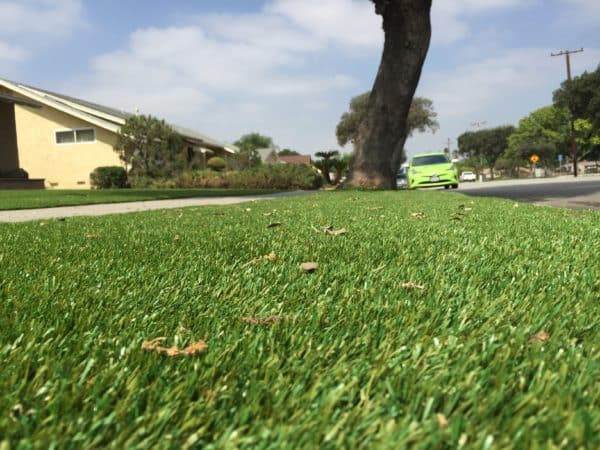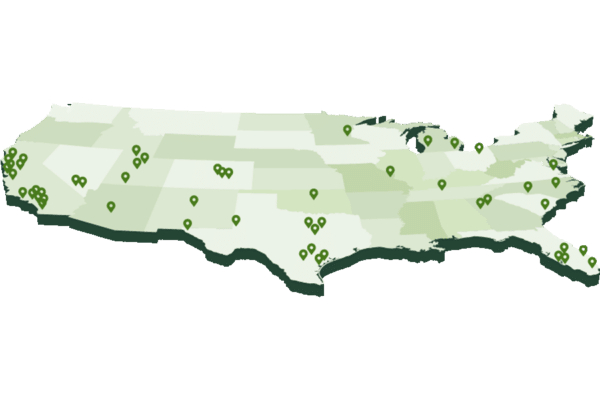Turf Solutions for Designers & Specifiers
The idea of the Great American Lawn has evolved in recent decades, following significant cultural shifts and the introduction of artificial turf into the residential landscape market. With modern consumers placing greater value on convenience, saved time, and environmental health, artificial turf is climbing the ranks as both a practical and attractive landscape solution in property design.

Click here to access Purchase Green’s design files including cad drawings, specifications, videos and related documents. The CADdetails program is developed specifically for design professionals with the goal of getting manufacturer-specific product information into their working plans.
Upgrade Landscapes with Artificial Grass
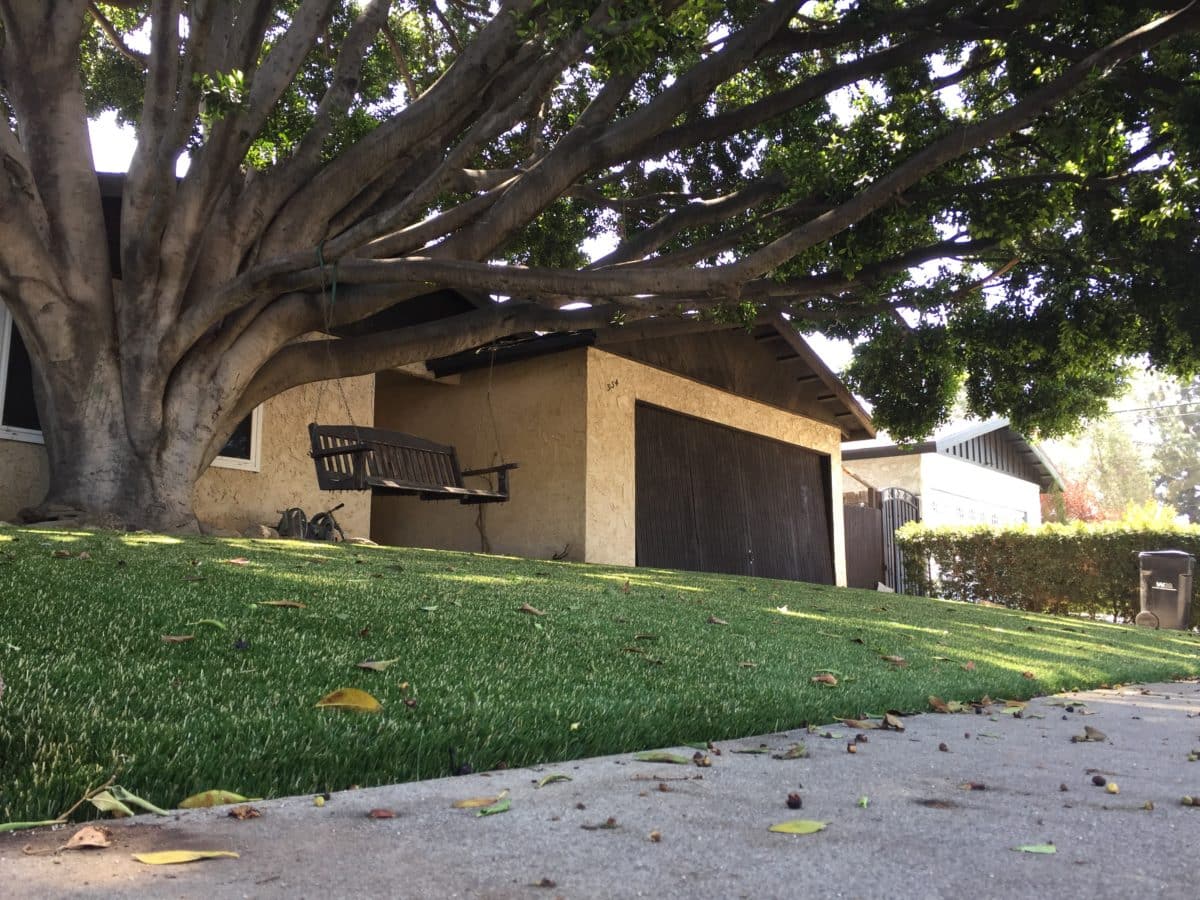
Versatility & Longevity
Natural sod has a number of limitations, such as insufficient sun exposure, rodents and pests, weeds, or drought, as well as the attention and availability of someone to maintain it. By applying artificial turf in landscape design, there’s greater versatility in filling negative space, creating hardscape transitions, and leading the eye to an architectural focal, complete with the bonus of artificial grass’ longevity.
Increased Property Value
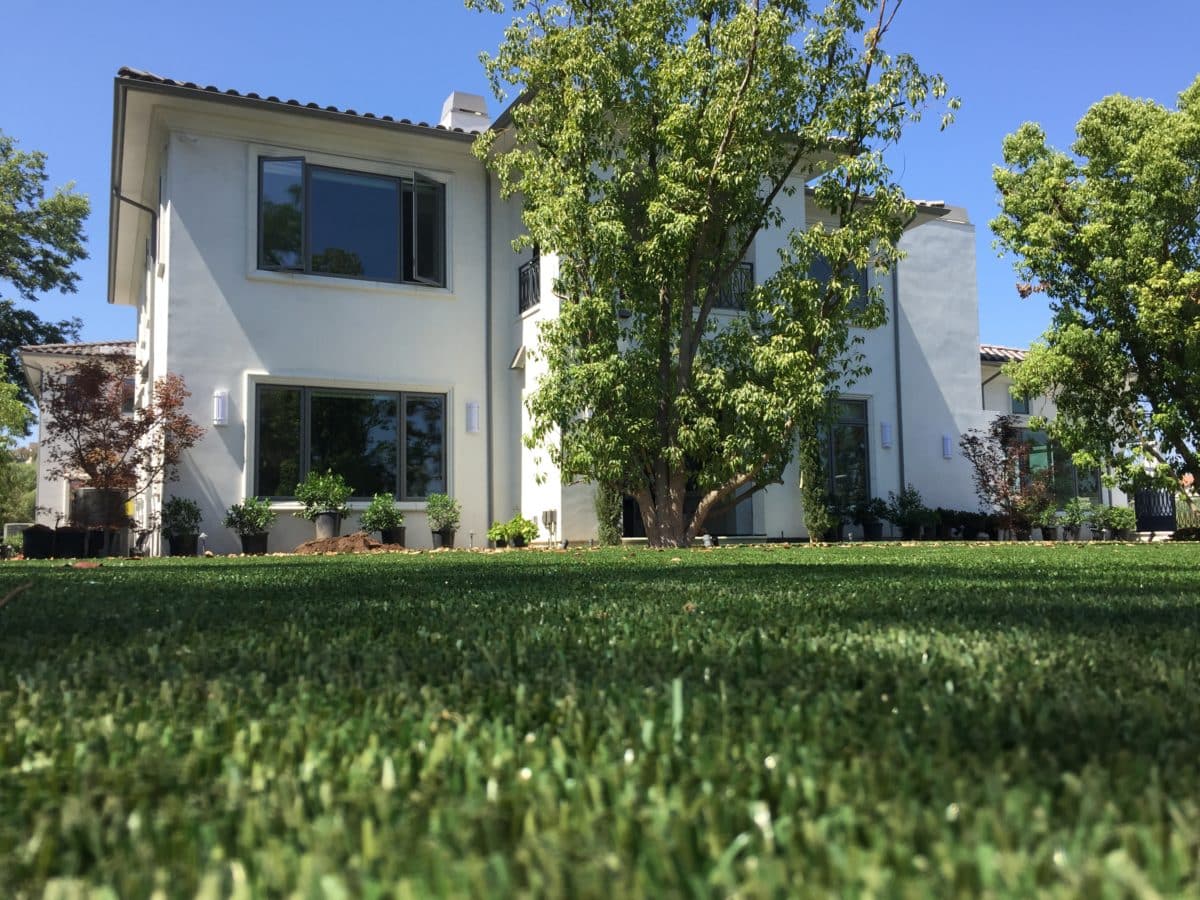
Considerations for Design
Reflective Surfaces
Before installing artificial grass, it is imperative to identify potential risks of localized heating – the result of reflective materials catching and redirecting sunlight onto surfaces below, creating temperatures that the surface material cannot withstand and causing it to deform. Common culprits of localized heating on artificial grass are: glass outdoor furniture, glass doors, windows, vinyl/white fences, and large metal objects like cars and BBQ’s. Purchase Green recommends using turf samples to test potential areas of concern by placing them in the path of nearby reflective surfaces and observing.
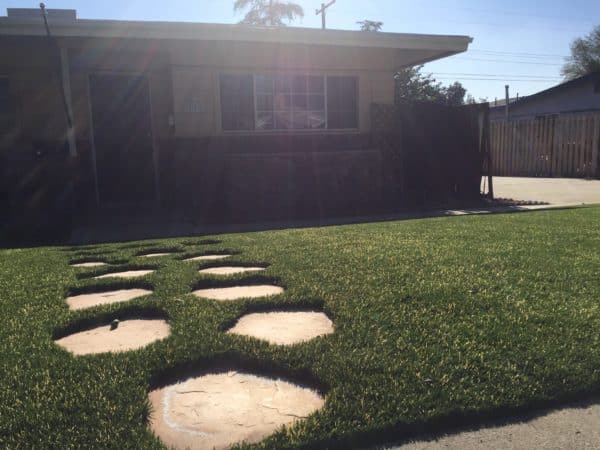
Balancing Style & Function
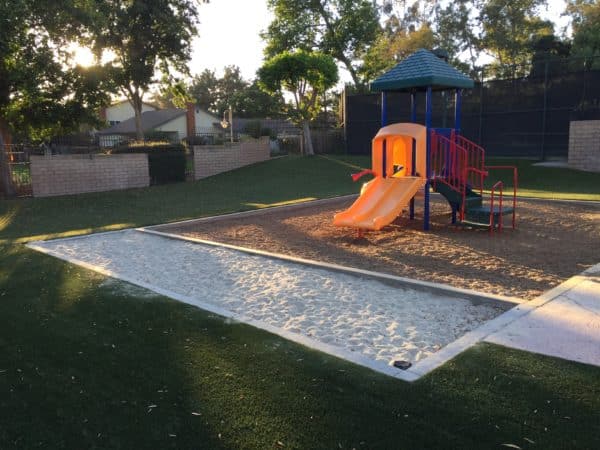
Quality Installation
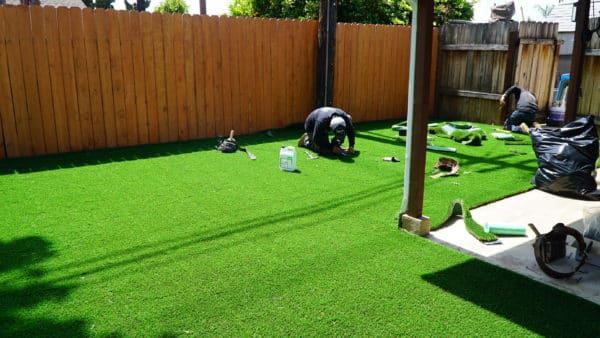
Securing Perimeters
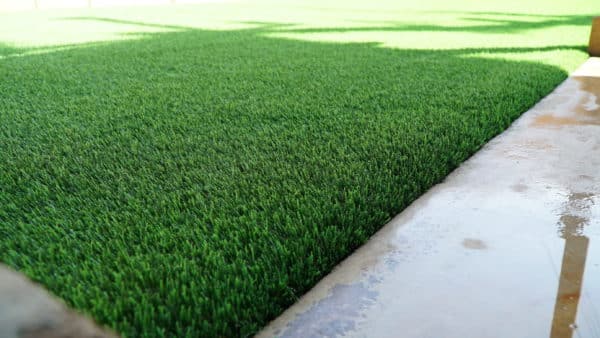
Grain Orientation
